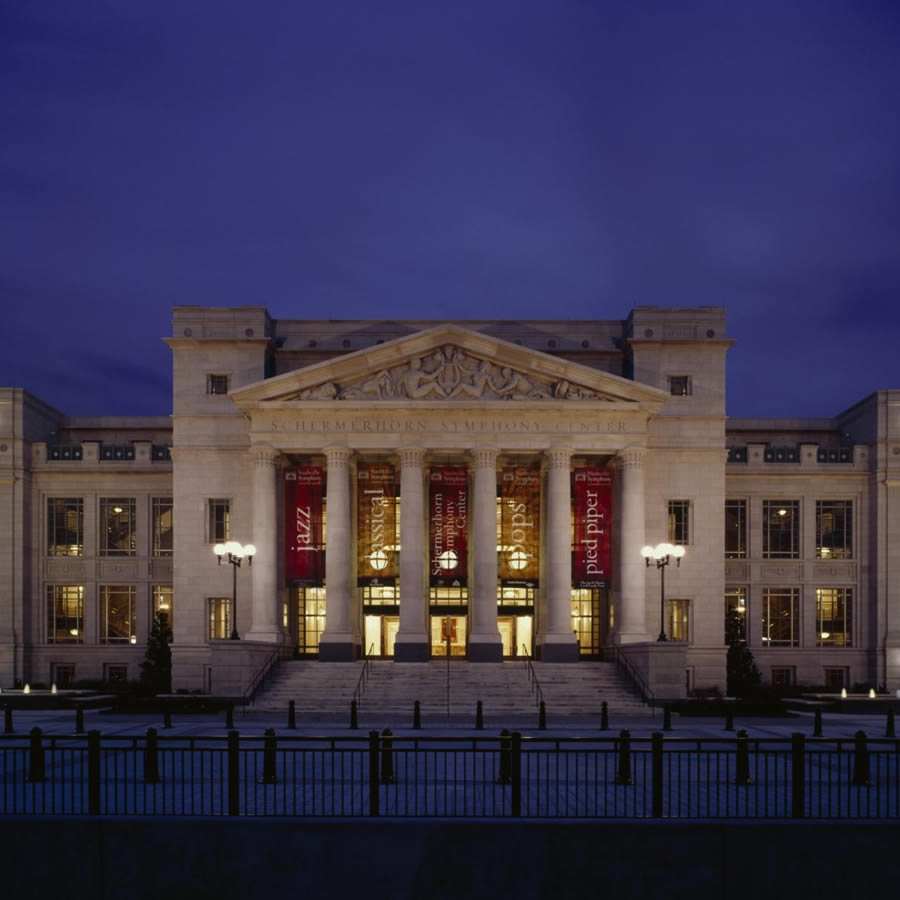EDITOR’S NOTE: This essay is reprinted here with the gracious permission of David M. Schwarz, who first published it in Parchment, an online collection of writings about architecture by the members of his firm. We encourage you to look through the firm’s portfolio, particularly to see the most beautiful, thoughtful, and relevant concert halls being designed and built in America today.
Before pursuing the question of what it means to design contextually, we need to make sure we are on the same page about the term context. The dictionary shows it to mean “the circumstances, background or setting where a particular act or event occurs.” As far as architecture is concerned, the context is usually thought of as the site or neighborhood and the particular event is the building itself. To really get the best sense of what this means, close your eyes and think of a particular place, say the neighborhood where you live. A film strip of images likely unfolds in your mind, detailing the sights, sounds, and smells you associate with that place. By contrast, when describing a place as being without context, we mean that a particular site is lacking clearly visible and definable character. But is that all there is to context?
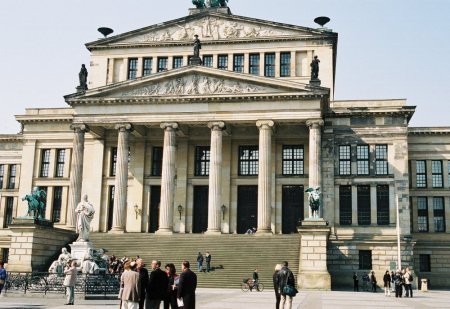
When seeking design inspiration, we often find ourselves facing this interesting conundrum: how can the design address the physical attributes of a context–the prevalent building types, commonly-found palates of materials, and oft-occurring architectural styles–as well as the ephemeral attributes of context, history and lore of the city or region, and the goals and aspirations of the particular community. Think again about your neighborhood and some other attributes likely enter into your film strip. Do you not also see memories, events (historical and otherwise), and even particular people? And, if you’ve lived in a place long enough, maybe you’ve taken this a step further in your mind by incorporating something aspirational, like an idea of what that place or context should or could be.
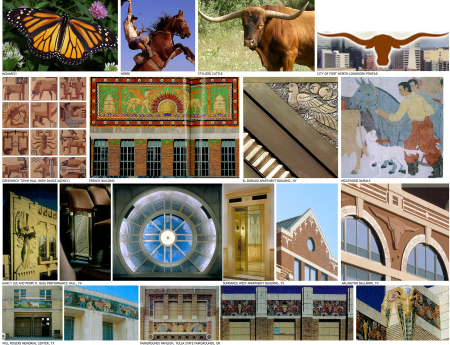
We are often asked to strike a delicate balance in our designs to improve the site while doing so in a way that fits within the already established context. Understanding context means more than delving into architectural guidebooks or looking at surveys and photographs of a site. It means that we have to go beyond the immediate boundaries of a building plot and look at the larger influences of a neighborhood, a city, or even the region in which a project is located. And when all of that study doesn’t reveal a particular feel or vibe, it likely means we haven’t dug deep enough. We need to look farther and wider to discover the context. This further study often requires talking to people in the community, looking into the history and tradition of the particular building type we find ourselves designing, studying users’ behavior, and asking users about their motivations, desires, and expectations. Above all, determining context requires a level of deference and curiosity.
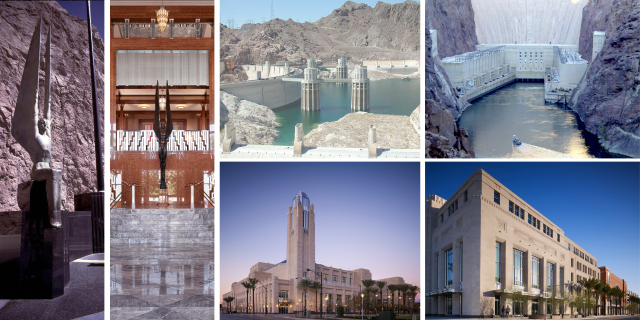
Why does any of this matter? It matters when a designer wants their work to be relevant to the owners, users, and communities their buildings will serve. Context, in all the variants described here, has always been a major influence on our work. Our firm cut its teeth doing projects in Washington DC’s many historic neighborhoods and, in so doing, we had to develop a deep understanding and appreciation for the physical contexts of these well-established places in order to be successful. [In the interest of full disclosure, the firm’s early body of work was all completed before I came here, but it is nonetheless what drew me here in the first place.]
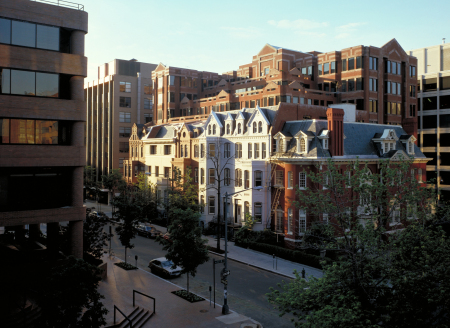
Fast-forward to today and a current project I do know quite a bit about: the Gaillard Center in Charleston, South Carolina. You might readily ask, what is it about the context of Charleston that could present a problem? It is, indeed, a perfectly lovely historic city, comprised of many elegant, older single-family, detached houses set amid gracious gardens and woven together by beautiful tree-lined streets. It is, seemingly, a well-defined context. The problem is that our project, technically a renovation and expansion of an existing 1960’s-era municipal auditorium, is a huge building (over 260,000 SF) and larger than anything Charleston has seen constructed in some time.
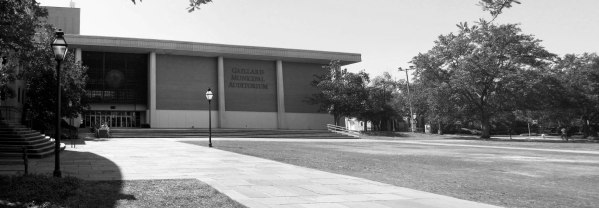
The Gaillard, both in its original and expanded forms, is an enormous intrusion into the City fabric. The original structure was very much a product of its time–an act of urban renewal (several historic homes were torn down and parts of Charleston’s quirky street grid were changed to accommodate it) expressed as a modernist edifice intended to look ahead rather than to the City’s past. While the old Gaillard grew outdated, both aesthetically and functionally, the community’s views of itself and goals for its future evolved; with the new Gaillard the community now chooses to celebrate its past, instead of ignore it.
Faced with expanding an already-too-large building, we found an opportunity to fashion the additions using discrete and articulate massing that breaks the bulk of the building down into pavilions, hyphens, towers, and bays. The massing is then complemented with a layer of detail and ornament that is friendly, meaningful, scale-giving, and inspired by the historic forms of Charleston’s most beloved buildings. No, all of these things won’t make the new Gaillard Center disappear, but they will help this new building to fit within the community and the context of the City of Charleston.
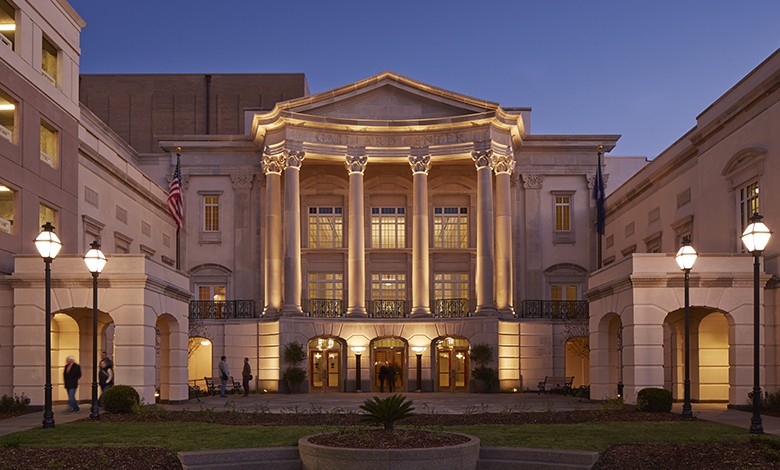
What to do when that larger context either doesn’t exist or isn’t well-defined? Look harder. And, when you look harder and the aspirations and ephemeral context appear to be different from the physical context that is there, you may just have to build it yourself. Designing with this particular attitude towards context does not mean we will arrive at one universally perfect solution every time if we follow this formula. We will, however, most likely be assured of arriving at a building that will be relevant to, embraced and even loved by, the greatest number of people who will see it, visit it, or touch it on any given day. This result, to me, is a major benchmark of success for our projects. Remaining relevant to the communities where I work is very important to me and what keeps me interested and engaged on any given day.
